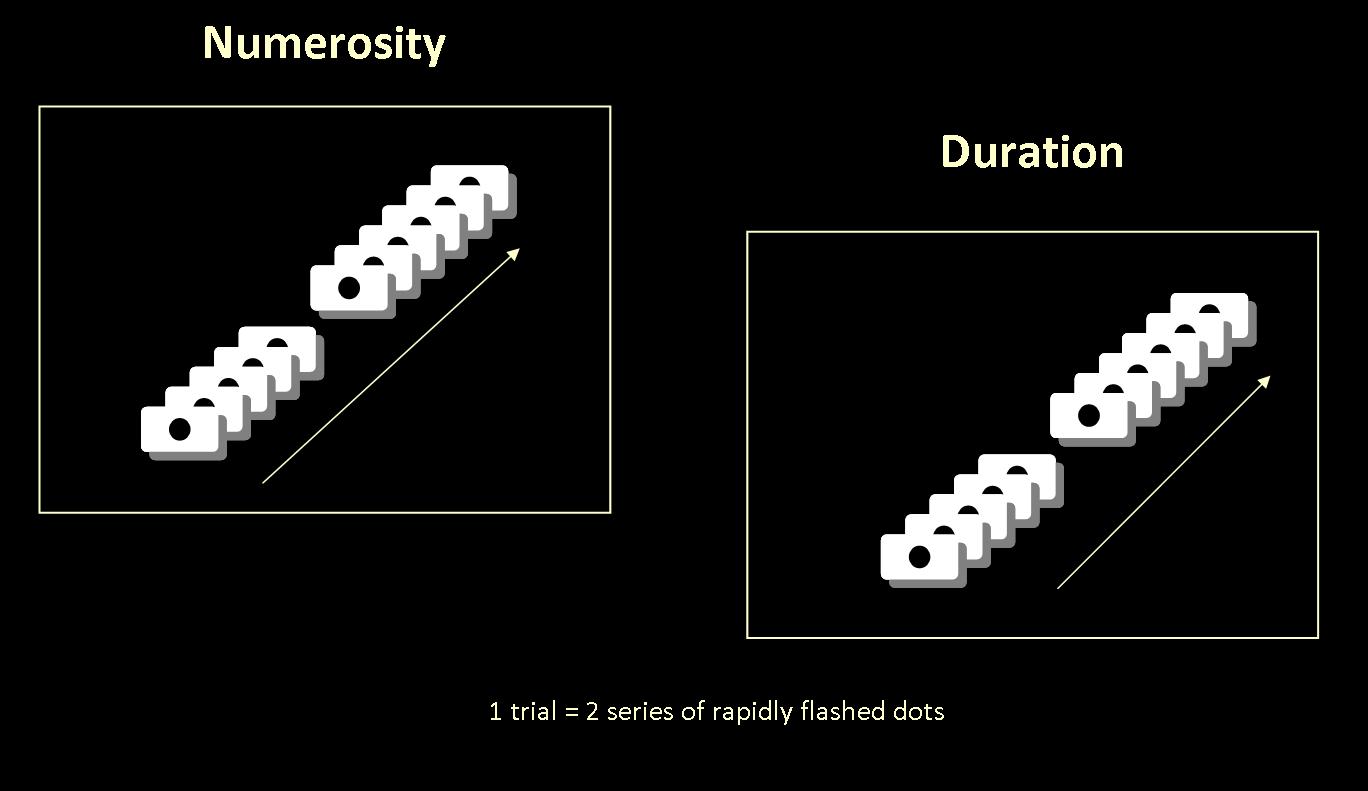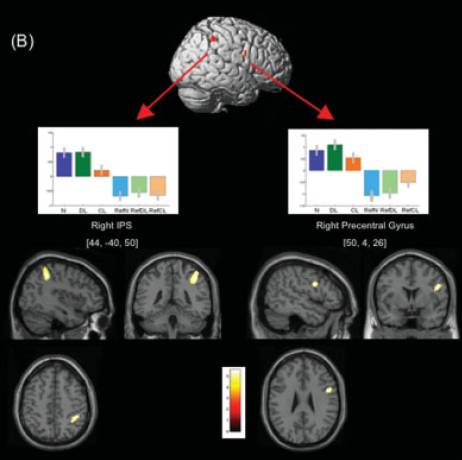Adults
ipsy | Louvain-la-Neuve
Numerical Cognition in Adults Lab
Brain storming week-end in Beffe (B), June 2017
|
|
|
We study numerical cognition in adults with the aim to define the functional components of number processing and calculation and find their neuroanatomical correlates. We use complementary methodologies integrating the functional and neuroanatomical levels of analysis: mental chronometry, functional brain imaging (fMRI), and lesional data examining the performance of brain-damaged patients or healthy adults undergoing transient interference from neurostimulation (TMS) or neuromodulation (tDCS, tRNS). We investigate how the brain processes numerical and non-numerical magnitudes, and how sensory-motor, language and/or attentional processes support the abstract meaning and the computations performed on numbers.
Principal Investigators : Mauro PESENTI, Michael ANDRES












